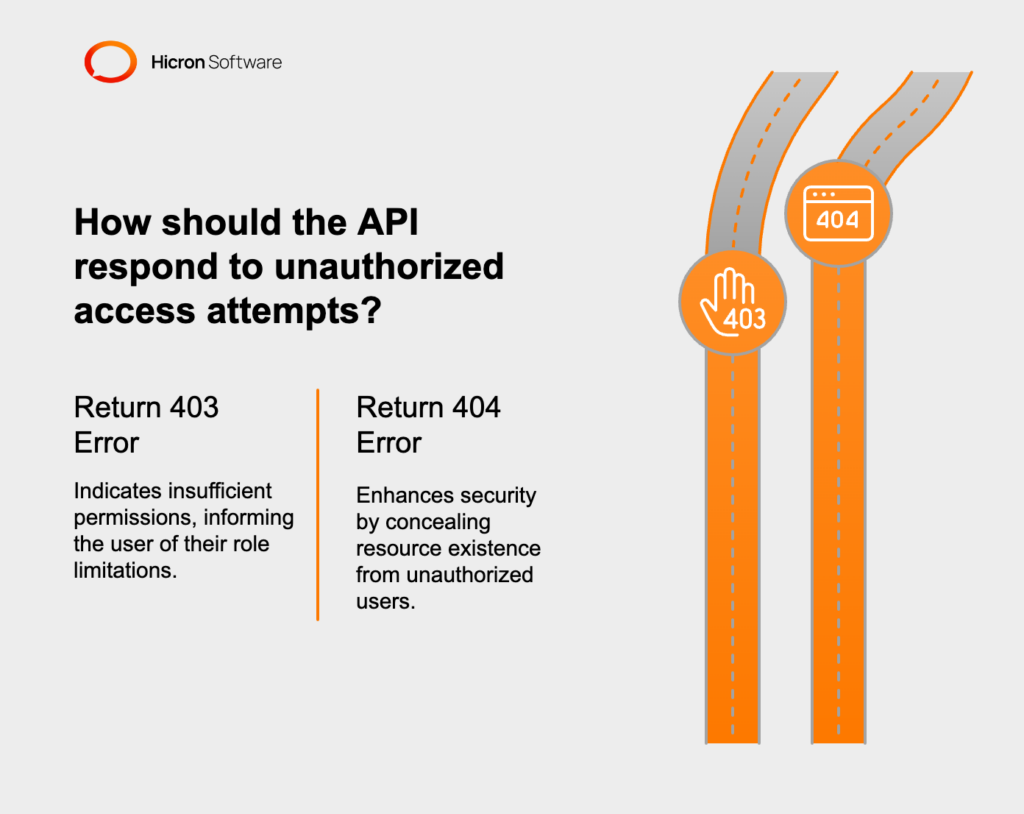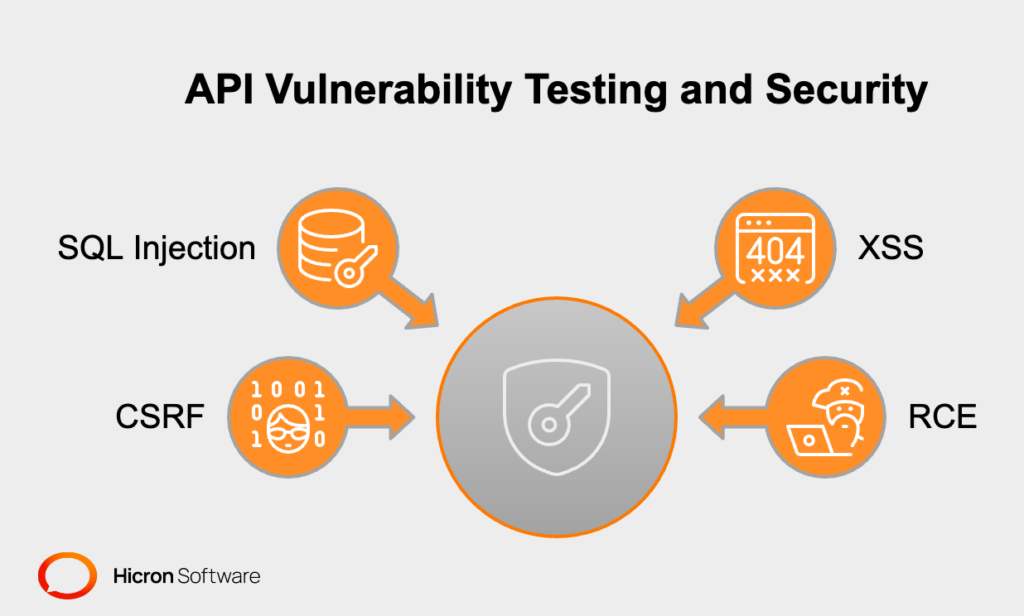11 DevOps Maturity Assessment Questions to Ask During the Audit
- April 02
- 6 min

Security in APIs is very important and involves much more than just the process of logging users in. Of course, authentication (proof of identity) is the foundation, but there are many other methods that help protect data from unauthorized access and attacks.
Tokens (special “keys” that allow users to log in to the system) are often used in web applications. One of the most common problems is that tokens do not have a specific expiration time. This means that the user can use the application even after the session has ended, which creates a risk if the session is taken over by an unauthorized person.
How to prevent this? Each token should have a specific expiration time, after which the user will have to log in again. In addition, a token renewal system can be put in place to extend the session, but only if the tokens are properly secured.
Another problem is when a user logs out of the system, but his token remains active. This means that he can still access the application until the token expires, which can take a long time.
How to prevent this from happening? Once logged out, the token should be invalidated immediately so that it cannot be used again to log in. It is also a good idea for the system to regularly check the validity of the token.
In any web-based application, especially those that provide various resources and functions, it is important that users have access only to those parts of the system to which they are properly authorized. Systems typically rely on user roles that define the scope of their privileges. For example, a user with the “regular” role may only have access to their own data, while a user with the “administrator” role will have access to manage other users’ data. In such a situation, when a user tries to access resources to which he or she does not have permission, the API should check that user’s role and respond accordingly.
In most cases, if the user doesn’t have sufficient permissions to perform a certain action, the API will return a 403 (Forbidden – No permission) error. For example, when a user with the role “ordinary” tries to access the admin panel, the API should respond with a 403 code, informing the user that he or she does not have the appropriate permissions for this operation.
In some situations, it may be more advisable to return a 404 (Resource Not Found) error instead of returning a 403 (No Permission) error for increased security. Such a procedure is intended to hide the structure of the system from unauthorized users and prevent the existence of sensitive resources from being revealed. An example would be when a user from outside the organization tries to access a resource that is restricted to its members, such as an application repository. Then, instead of informing that he lacks the appropriate permissions, the API can simply state that the resource does not exist, effectively protecting its existence.

Changing the API’s error messages is a key element in improving system security, as it prevents the disclosure of detailed information that could be exploited by attackers. Instead of providing detailed messages, such as “bad email” or “bad password,” it is worth using a generic message, such as “login credentials invalid.” This kind of approach makes it difficult for attackers to launch effective brute force attacks, because they don’t find out which part of the login data is wrong.
In addition, this method of communication prevents system exploration by potential attackers, who could try to discover system structure and available resources based on detailed errors. A generic error message also reduces the risk of social engineering attacks, such as phishing, because the attacker does not obtain information that can be used to manipulate users. In addition, the use of generic messages helps protect users’ privacy because it makes it impossible to see which logins exist on the system.
As a result, changing error messages to generic responses improves the security of the entire system, makes it harder for attackers to gather information about the system, and significantly increases the API’s resistance to various types of attacks.
One of the most important aspects of defense against attacks is rate limiting, which is limiting the number of requests that can be made at a given time from a single source (e.g., an IP address). Without this mechanism, an API can be vulnerable to brute force attacks, in which an attacker tries to guess login credentials by continuously sending requests.
Example: If the API does not have limits on the number of login attempts, an attacker can try different combinations of passwords and logins indefinitely until he succeeds in breaking the security.
A safe practice in this situation is to use a rate-limiting mechanism, such as limiting the number of login attempts per minute from a single IP address, is an effective defense against brute force attacks. It’s also a good idea to add a mechanism to block an account after several failed login attempts, and use CAPTCHAs when unusual activity is detected.
Vulnerability testing involves checking whether the system is immune to the actions of people who try to cheat or take control of it. Even if the user is not familiar with the technical details, it is useful to know what such tests protect against.

SQL Injection is an attempt to “fool” a database by entering unusual data that can extract or alter information that someone should not have access to. Imagine a login form – if the system doesn’t properly check what you enter there, someone can enter special code instead of data and get inside the system.
XSS (Cross-Site Scripting) involves inserting malicious code (e.g., JavaScript) that can display false messages or steal data – for example, your login credentials. Such attacks are particularly dangerous in web applications.
A safe practice in this situation is to use a rate-limiting mechanism, such as limiting the number of login attempts per minute from a single IP address, is an effective defense against brute force attacks. It’s also a good idea to add a mechanism to block an account after several failed login attempts, and use CAPTCHAs when unusual activity is detected.
CSRF (Cross-Site Request Forgery) is an attack that takes advantage of the fact that you are logged in. Someone can impersonate you and perform an operation without your knowledge – such as changing your data on the system. Adequate security ensures that such an operation is blocked.
RCE (Remote Code Execution) is a very dangerous vulnerability – if the system is not well protected, someone can send a file or data that will allow them to take full control of the server. It’s like an enemy entering a building through a hole in the wall and having access to everything.
By regularly testing these vulnerabilities, you can secure your API against the most dangerous types of attacks and significantly increase the security level of your system.
API security testing is a complex process that involves not only testing the login and authentication itself, but also verifying the entire protection structure against attacks. It is important to conduct regular tests that cover all aspects of security – from access control to protection against network attacks.
TIP: The following checklist can be helpful in testing API security:
Interested? Check out the next parts in this series:
What The API Says & What It Shouldn’t – The Hidden Dangers of Excess Data
Improve Your API: A Comprehensive Approach To Input Validation
